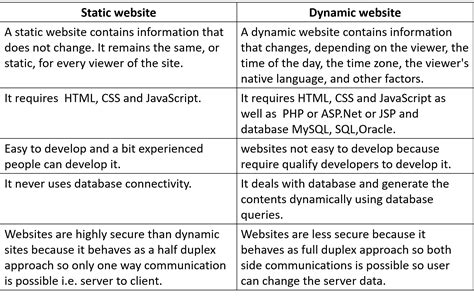Static and dynamic type systems are two different approaches to programming language design. Static type systems require the programmer to explicitly declare the types of variables, while dynamic type systems allow for implicit type declarations. Each approach has its own advantages and disadvantages, so it is important to understand both before deciding which one to use in a particular project.
The main advantage of static type systems is that they provide more safety and reliability when coding. By requiring explicit type declarations, the compiler can detect errors early on in the development process. This helps prevent bugs from making their way into production code. Additionally, static type systems make it easier to refactor code since the compiler will alert you if any changes break existing type contracts.
On the other hand, dynamic type systems offer greater flexibility and faster development times. Since there is no need to explicitly declare types, developers can quickly prototype ideas without worrying about type compatibility. This makes it much easier to experiment with new concepts and iterate quickly. Furthermore, dynamic type systems often have fewer restrictions on how data can be used, allowing for more creative solutions.
However, dynamic type systems also come with some drawbacks. Without explicit type declarations, it can be difficult to debug code since the compiler won’t catch any type-related errors. Additionally, dynamic type systems can lead to unexpected behavior due to implicit type conversions. Finally, dynamic type systems may not perform as well as static type systems since the compiler cannot optimize code based on type information.
In conclusion, both static and dynamic type systems have their pros and cons. When choosing between them, it is important to consider the specific needs of your project. If safety and reliability are paramount, then a static type system might be the best choice. On the other hand, if speed and flexibility are more important, then a dynamic type system could be the better option. Ultimately, the decision should be made based on the requirements of the project at hand.
